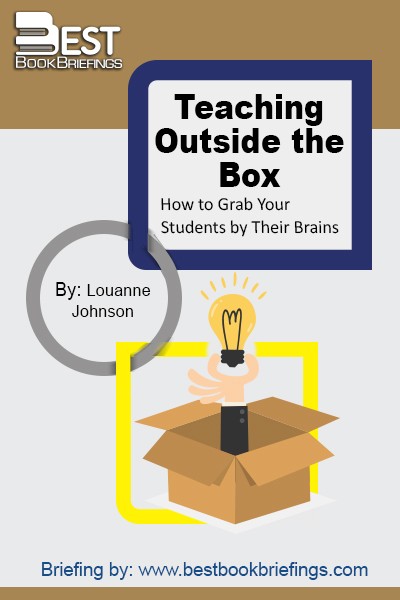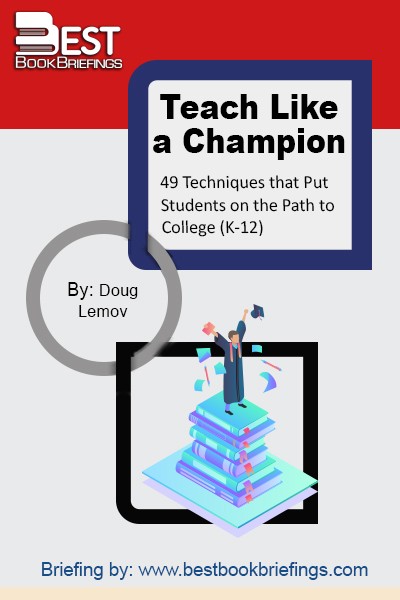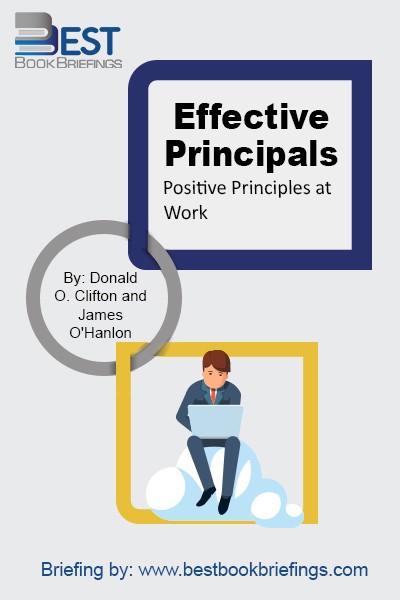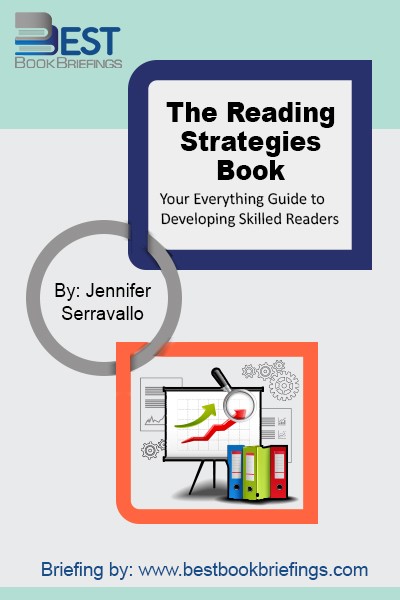The Reading Strategies Book
Your Everything Guide to Developing Skilled Readers
Editorial Review
Engaged readers are often motivated to read, strategic in their approaches to comprehending what they read, knowledgeable in their construction of meaning from text, and socially interactive while reading. Sometimes to help readers with the goal of engagement, you actually need to work on comprehension.
Book Reviews
Books on Related Topics

From seating plans to Shakespeare, Teaching Outside the Box offers practical strategies that will help both new teachers and seasoned veterans create dynamic classroom environments where students enjoy learning and teachers enjoy teaching. This indispensable book is filled with no-nonsense advice, checklists, and handouts as well as a step-by-step plan to

In this book, author Doug Lemov offers the essential tools of the teaching craft so that you can unlock the talent and skill waiting in your students, no matter how many previous classrooms, schools, or teachers have been unsuccessful.

Read and learn as James O'Hanlon and Donald Clifton describe how elementary and secondary principals, identified as outstanding, carry out their work. According to the authors, these principals resemble highly effective managers in business in their adherence to the tenets of positive psychology. While the position of principal is highly demanding,

Learning how to read was a profound cultural and cognitive shift in the history of human beings. Reading has the capacity of changing the course of one’s life. Most of us know how to read, and thanks to recent research and books, like Maryanne Wolf’s Proust and the Squid, how the



